The Fall of Icarus and The Chasm
“Do not fly too high, or the heat of the sun will melt your wings of feathers and wax.”
A stark warning to the son of the Athenian craftsman Daedalus, Icarus, before his attempted escape from his island imprisonment.
His desire to reach a new horizon emboldened his heart to brave an unforgiving and tempestuous crossing; his mind, we think, fixed on new freedoms. The story very briefly mentions this treacherous middle ground between the labyrinth where he and his father were imprisoned and the distant coast where prosperity awaited. Horrifying, hazardous, deceiving, and deeply mysterious; a cavernous chasm that tests any and all voyagers on their pilgrimage.
The void between brands and consumer markets; few things have the power to send a paralyzing shiver down a CEO’s spine like the gap. It is a perilous strait littered with shipwrecks, a graveyard for innovation, a fiery gauntlet where products perish; and for a few truly unlucky ones, a barren purgatory where they eternally roam. Every business professional is well aware of the gap and the challenges that it presents to a business’ overarching strategy. Once the initial product development stages are complete and the product-market match is tested and confirmed; goals are set, benchmarks are placed, and resources are lined up in preparation for the journey across the chasm to reach mass market scale.
Standing at the edge, looking across the gap, leaders in the seafood industry are asking variations of the same question “How do we make it across successfully?” A competitive product will be the backbone of any gameplan to make the leap, but marketing are the wings that get you across the gap; without a solid communications strategy your product won’t be getting any lift, no matter how much money you throw at message distribution tactics.
Like the missing nail in the horse shoe that caused the fall of a kingdom; most failed endeavors across the gap are doomed before launch because of inadequate messaging that fails to bridge the gap for the consumer, not the brand. Marketing strategies tend to be held up by messaging pillars that highlight the product’s features: fresh, tasty, omegas, sustainable; or when you get into the brand’s story: impact, community, environment; but fail to connect these elements to the consumers’ lives.
A common misconception is that marketing a new product is about telling consumers why our product is better, this is the first missing nail in our proverbial horse shoe. Focusing inward, trying to bridge the gap for the brand or product to the consumers; demonstrating what our product accomplishes instead of narrowing the gap for the consumers to their ultimate goal; showing them where it leads: to fulfillment.
In an attempt to position our brand in the marketplace, we run the risk of, as Icarus himself, flying too high; concentrating on our product merely as a functional element. That is after all what the product-market match is right? Features addressing an unmet consumer need. So why not flaunt our savviness? Features become standardized across an industry with time and lose their ability to leverage our messaging.
It may never be known for sure, but it is said that Icarus’ demise was his quest not for freedom from the labyrinth he was imprisoned in, but for his own ego. We need not make the mistake of flying too high, in our quest for our ego, marketing to ourselves and our peers in pursuit of banalities in the form of praises and recognition.
In order to successfully cross the gap, a clear and sound brand narrative is the wind beneath our wings, carrying us across the chasm where so many products and brands perish; marketing our brand’s position as the craftsman that builds the bridges along our consumers’ journey towards fulfillment.

